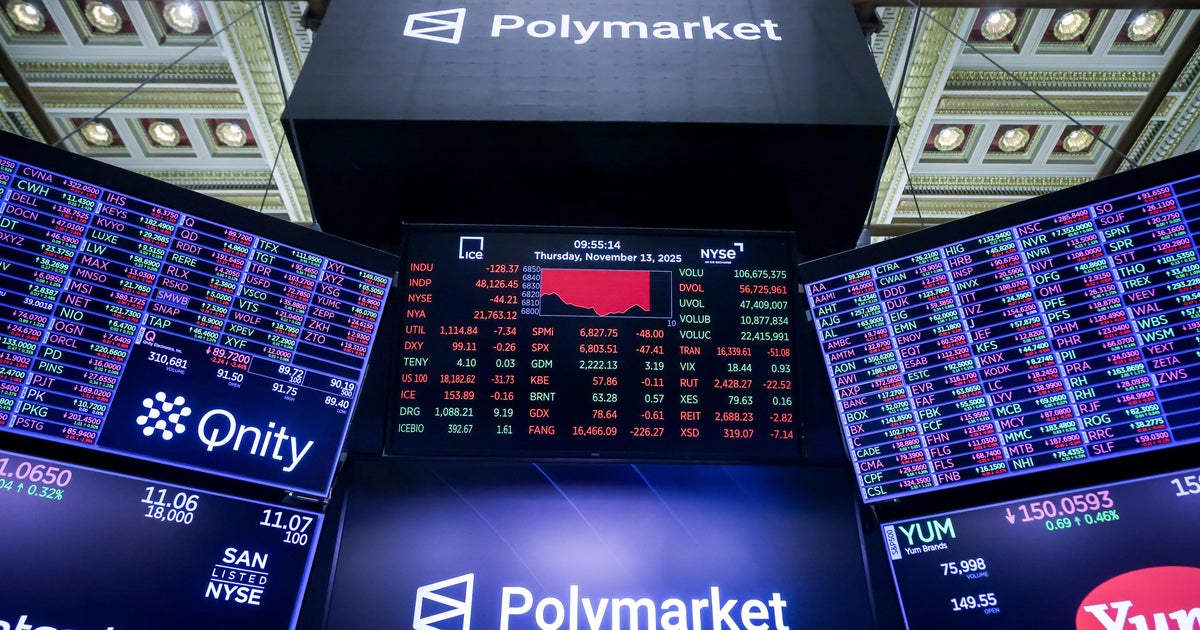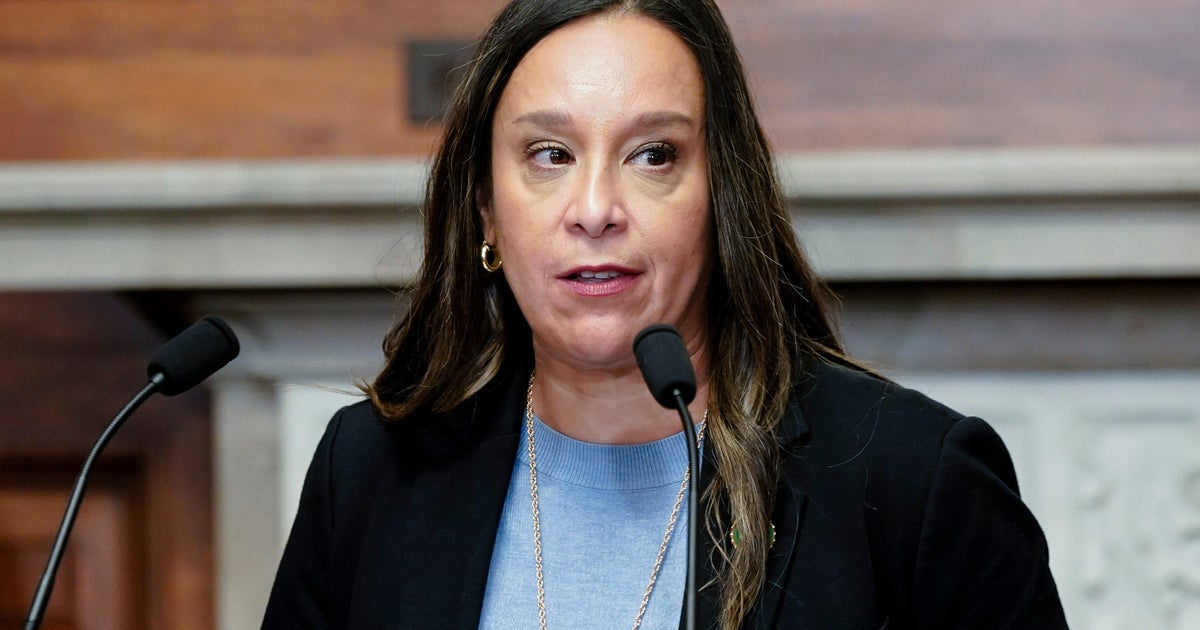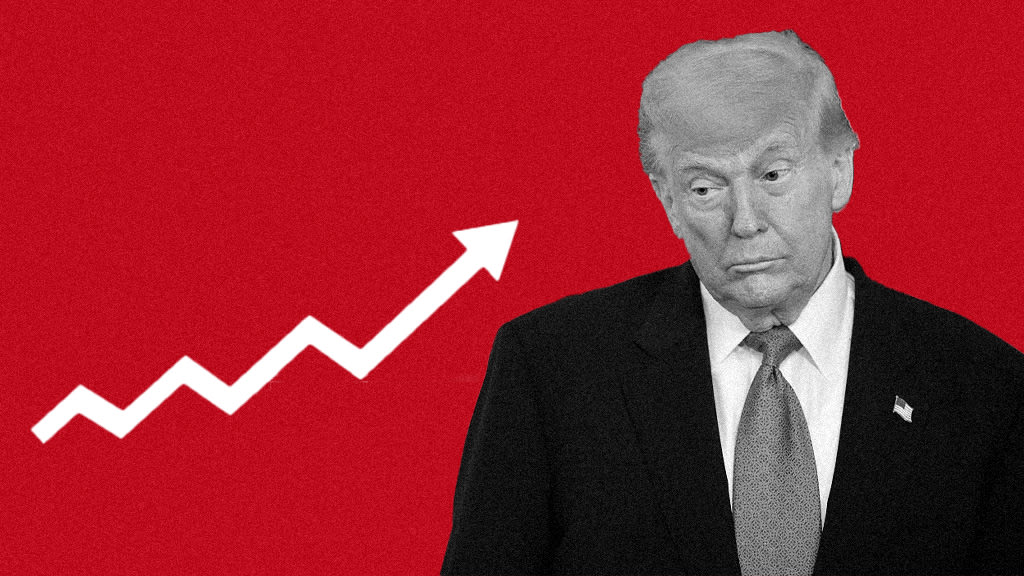For the stock market, this could be "regime change"
Stocks ended a hellish week on a positive note on Friday, as a test of the S&P 500's 200-day moving average unleashed a torrent of buying that pushed the major stock averages into positive territory. That momentum carried into stock index futures action on Monday morning.
On the surface, it appears the worst may be over: a long-delayed but otherwise harmless 10 percent correction. Sure, it came on suddenly and with great ferocity. But with corporate profits solid, the job market healthy and wages finally rising, surely stocks will soon return to their record-setting ways. Right?
Unfortunately, this may just the start of something worse.
In an email to its top clients, Goldman Sachs (GS) warned of a possible "genuine regime change, one where you sell-the-rallies rather than buy-the-dips."
Bank of America Merrill Lynch (BAC) analysts, who issued a sell signal earlier this month before the volatility blowout began, warn that markets are unlikely to find a durable bottom without the Federal Reserve panicking. And the Fed is unlikely to panic until the volatility that has hit equities spreads to other areas such as currencies, bonds and interest rates -- which just hasn't happened yet (chart below).
In fact, Fed officials' comments have been decidedly calm, with variations of "it's not that bad" and "well, a selloff was warranted given where rates are."
For example, "More volatility in the markets, and maybe addressing some of the excesses and imbalances in the markets, by having a little more volatility, may be a healthy thing," Dallas Fed President Robert Kaplan told Bloomberg TV on Thursday. New York Fed President Bill Dudley said the market pullback didn't have any economic implications.
All very hawkish stuff regarding future rate hikes as the makeup of the Federal Open Market Committee (FOMC), the Fed's rate-setting group, shifts decidedly toward those desiring tighter monetary policy.
Merrill Lynch's analysts note that despite record equity outflows ($30.6 billion), their Bull & Bear indicator is still flashing a "sell" signal, paralleling late-cycle crashes and corrections in 1987, 1998 and 2016. They recommend watching the first Congressional appearance for new Fed Chairman Jerome Powell on Feb. 28 for the central bank's first opportunity to soothe markets.
Whether this is the start of a bear market depends, to these analysts, on corporations resuming their aggressive stock-buyback pace in coming weeks. A slowdown would signal worries about corporate profit growth, which at this point looks pretty good.
According to FactSet, with 68 percent of S&P 500 companies reporting, fourth-quarter 2017 earnings are up 14 percent from the previous year.
Lost in the shuffle was that in avoiding another government shutdown, Republicans and Democrats passed a pork-laced budget bill that's set to add billions to the budget deficit. That will entail a jump in the issuance of Treasury bonds at a time when the Fed is quickening its pace of "quantitative tightening" by allowing its bond holdings to roll off of its balance sheet.
The budget deal isn't only an act of fiscal malfeasance, but it will likely further pressure markets by encouraging rates to move higher and the credit rating agencies to sound the alarm -- as they did in 2011, when S&P Global Ratings downgraded the U.S. from its long-held perfect AAA rating.
For now, the risk remains relatively contained within the equities market. Moreover, the Atlanta Fed's GDPNow estimate of first-quarter growth remains hot at 4 percent. And with the latest jobs report confirming that wage inflation is here, markets are only now fully grasping this realization: The "Goldilocks" era of strong earnings growth, low inflation, cheap credit and central bank easy money that have bolstered stocks is ending. The turnabout is being spurred on in large part by President Donald Trump's aggressive fiscal stimulus actions.
So where is new Fed Chairman Powell's pain point?
According to LPL, markets fall an average of 15.6 percent at their worst during the first six months of a new Fed chairman's term. Alan Greenspan suffered the biggest pullback, a 36.1 percent plunge in 1987 that, like now, was characterized by rising rates after a period of complacency, overcrowded trades and a reliance on computer algorithms.






